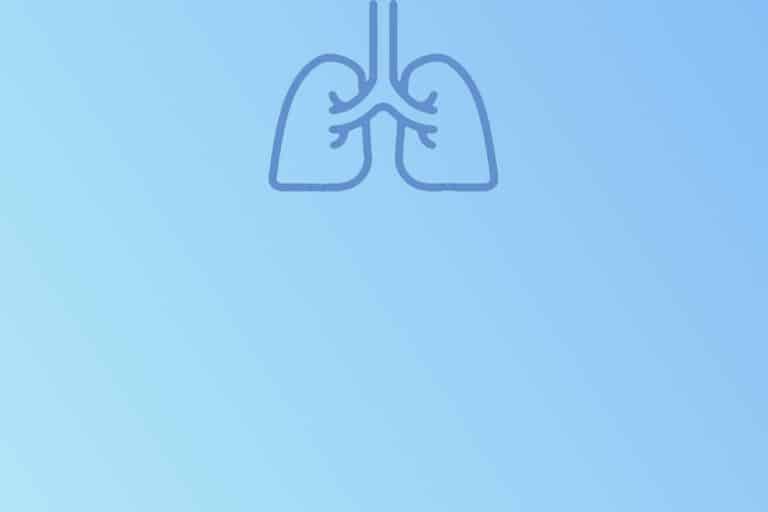Respiratory distress syndrome
Respiratory distress syndrome (RDS) describes any change to frequency and/or quality of breathing pattern in newborns. Breathing rate < 60/minute (can be up to 70/min during the first hours of life and sets to around 40/min) is considered physiologic and newborn should not display any signs of increased work of breathing…


